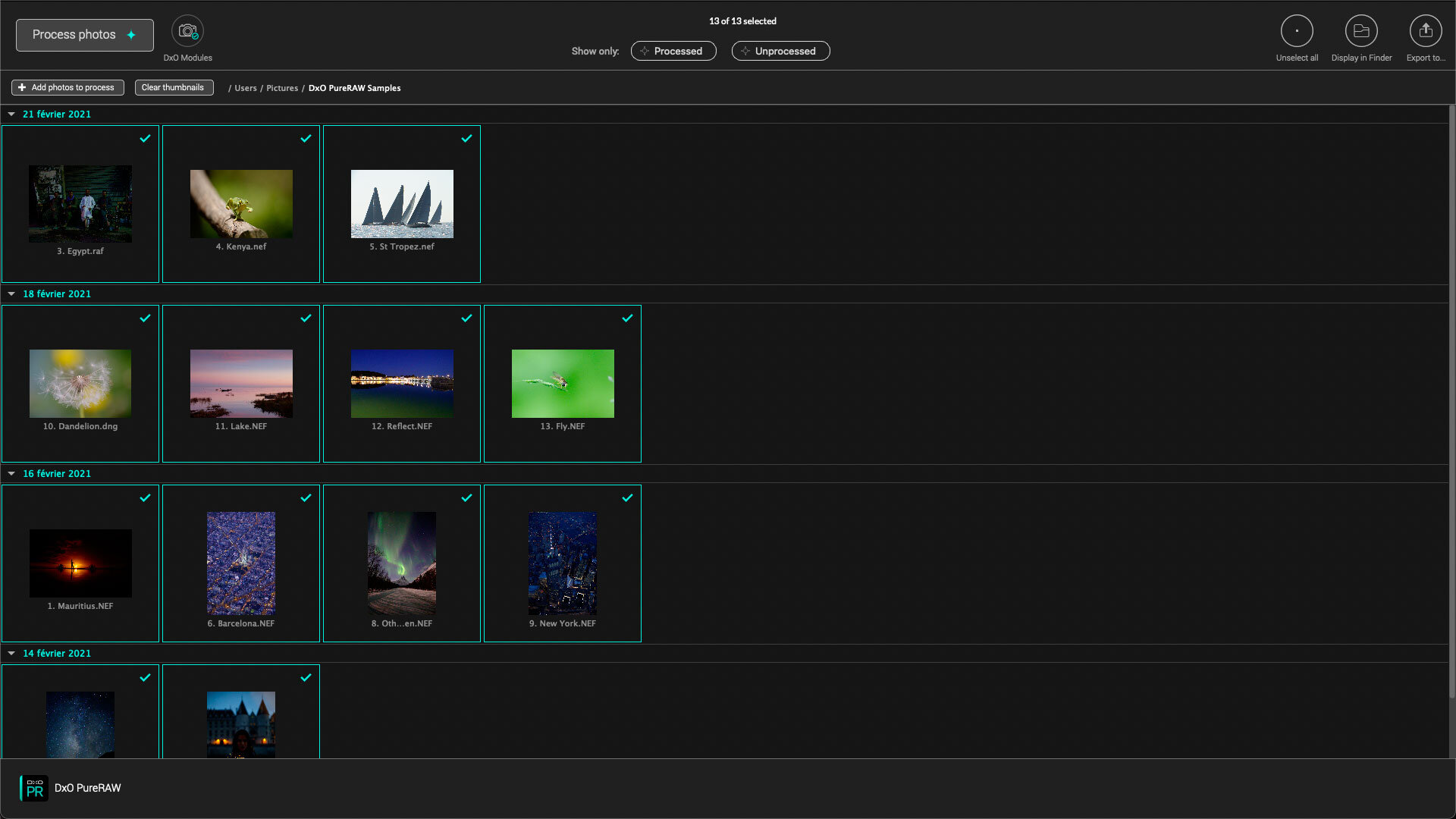
There are two types of noise in digital photography, color noise and luminance noise. Noise appears as random color or brightness variations across an image, which can give it a grainy or splotched appearance on close inspection.

I’ll also compare how each tool fits into your photography workflow, look at how easy they are to use, and look at how quickly they process images. Naturally I’ll be comparing the features and actual noise reduction performance of the software which I’ll do using my own images. I’m going to cover a few things in this post.

My degree in computer science means I actually enjoy testing software, and I always relish the opportunity to combine two of my pleasures (computers and photography) in a review like this.

I’ve spent a lot of time editing photos and trying out a range of noise reduction tools, which I use in my photography workflow on a regular basis. Whilst it’s nice to get everything right in camera, that isn’t always possible, and noise is often an unavoidable side effect of photography. Specifically, I’ll be comparing Topaz DeNoise AI 3 against On1 NoNoise AI 2023, DxO PureRAW 3, and Adobe Lightroom Classic 12.3.Īs a professional photographer who also teaches photography online, I’m always striving to get the best out of my images. In this guide, I’m going to compare some of the most popular noise reduction software applications on the market, to give you an idea of which might be best for you. Noise reduction can be an important part of a photographer’s workflow.


 0 kommentar(er)
0 kommentar(er)
